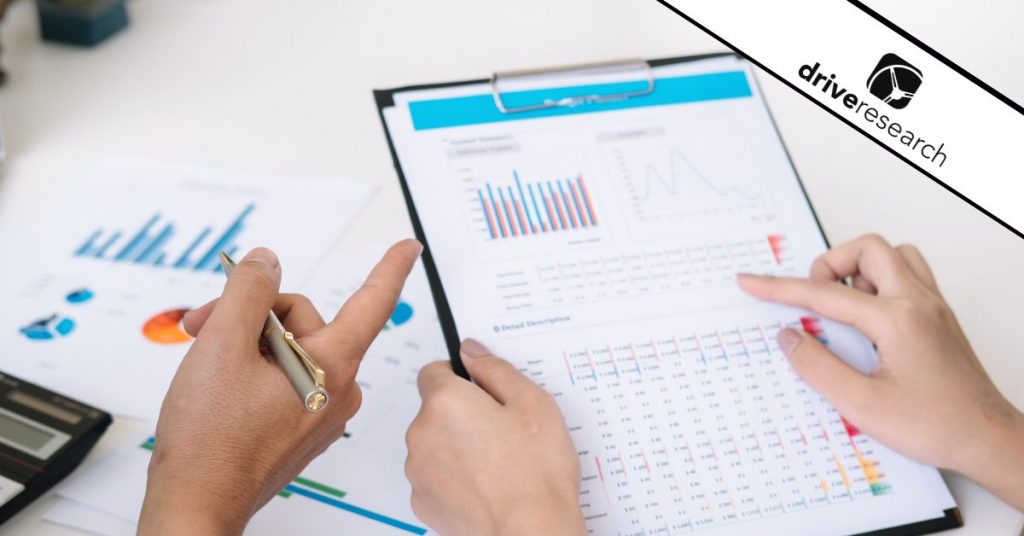
The 2020 Census is the most significant market research conducted by the federal government this year.
The goal is to gather demographic information for every individual living in the United States once a decade.
Data from the Census is ultimately used to determine congressional representation, help allocate federal dollars, and act as a resource for business owners.
Did you also know the United States Census has implications for the market research industry as a whole?
The resulting data from the 2020 Census will function as a guide for researchers in their day-to-day work now and in the future.
In this post, I will cover several ways in which the current 2020 U.S. Census directly influences market research.
Bolstering Market Research Proposals
On the business development side of market research, responding to RFPs is a regular part of the industry.
Market research firms like ours draft detailed proposal documents that include an outline of the objectives, approach, design, fieldwork, reporting, timeline, and costs.
In order to win bids or even direct inquiries for research, market research firms typically need to present the most well thought out proposal. Census data is often a key piece to achieve this depth.
When suggesting the best approach for the client’s objectives, you want to be sure you are considering secondary data on the target audience.
For example, let’s say the client would like to conduct a large online survey study among respondents aged 18 to 25 that live in Buffalo, NY.
Knowing these are the basic parameters for recruiting respondents, a researcher can check U.S. Census data to ensure the study is viable among the population.
A look at the data may reveal that reaching the desired number of respondents is going to be a challenge. This information will help the research firm decide what costs and timeline financially make sense or if it is even worth pursuing.
For the client seeking a proposal, the supporting Census data adds depth and transparency to the research firm’s suggested approach.
Looking for more information on how to get a market research proposal? Here is a better explanation of what to expect.
Informing Feasibility Studies
Census data can also be an asset for active client projects. One such type of market research that heavily relies on Census data is a feasibility study.
Feasibility studies are designed to understand the potential successes and barriers of a new concept coming to the market.
One of the first components of a feasibility study is syndicated research and demographic data to identify market supply and shifting target populations.
U.S. Census data is widely used as the standard for this demographic information because it is a trusted source and collected consistently across the country.
Like their use of the data for a proposal, researchers use demographic data in a feasibility study to develop an objective view of the population.
Data including age, sex, ethnicity, and household size help paint a picture of the residents for target markets.
This data is both very easy to access and valuable for businesses at the same time.
For example, a feasibility study may learn that there is not a practical number of residents over the age of 55 for a proposed senior living community in a market.
Achieving Census-balanced Representation
For many survey studies, clients may want the respondents to be as representative of the U.S. population as possible. This balance is almost always achieved by creating a sampling plan with Census data.
As a survey is fielded to respondents, demographic data collected in the survey is compared to the most recent Census data.
The goal of the market research company, like Drive Research, is to match the proportions as best as they can by the end of data collection.
While it is not practical to achieve mirroring proportions with every study, survey data can typically get within a few percentage points of the Census data for strong representation.
The difficulty of Census-balancing also varies based on the geography of the sample.
Trying to fit respondent demographics from a smaller market into the mold of the entire country is generally more of a struggle.
This may ultimately lead to increased costs or time to optimize the Census-balancing.
Supporting Report Recommendations
At the tail end of a primary market research study, there are normally recommendations or strategic implications to help make the data actionable.
These suggestions may contain a mix of findings from the research as well as secondary supporting data from other sources.
Census data may be useful for identifying markets with a high number of likely customers for a client’s product or service.
For example, a national market research company could pinpoint metropolitan areas that consist of many millennial parents for a new baby stroller coming to market.
Credible desk research that goes beyond the primary research findings is a great value-add for clients in the recommendations.
Including information like Census data demonstrates to clients that the research firm is putting serious thought into the next steps of the research.
Contact Drive Research
Drive Research is a national market research company located in New York. Our experts are trained in a variety of quantitative and qualitative research studies for businesses of all sizes and sectors.
Ready to contact our team? Here are 4 ways to reach us:
- Message us on our website
- Email us at [email protected]
- Call us at 888-725-DATA
- Text us at 315-303-2040



